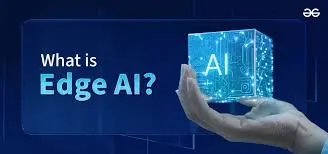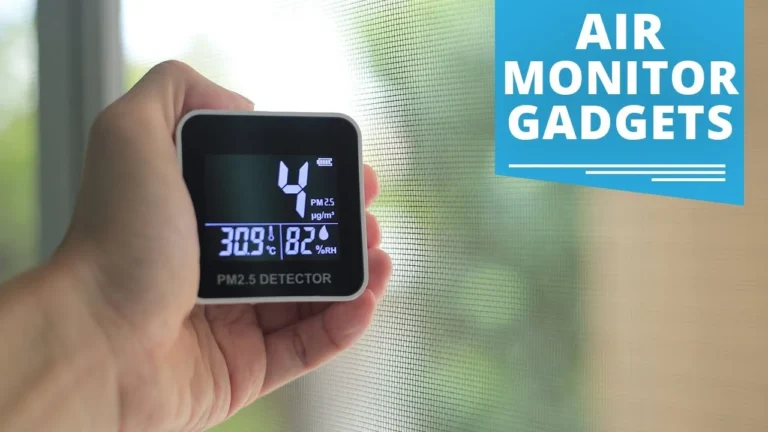Key Benefits of Edge AI Electronics in 2025
Discover 10 future trends in edge AI electronics. Learn how this smart technology is shaping devices, industries, and innovation in 2025 and beyond.
Artificial Intelligence has rapidly transformed our digital world, but relying solely on cloud systems comes with limitations. This is where edge AI electronics step in, enabling devices to process data locally without waiting for cloud servers. By doing so, they deliver speed, security, and seamless functionality.
The rise of edge AI has made devices smarter, faster, and more reliable. From self-driving cars to smartwatches, on-device AI allows instant decision-making. These innovations are reshaping industries and enhancing everyday life with unprecedented possibilities.
In this article, we’ll dive deep into what edge AI electronics are, how they function, their benefits, applications, challenges, and what the future holds. Let’s begin by understanding the basics.
What Are Edge AI Electronics?
Edge AI electronics are systems that use artificial intelligence directly on devices instead of relying on cloud servers. These electronics include chips, processors, and sensors that can run AI models locally. By processing data where it is generated, edge AI avoids delays and improves overall efficiency.
The concept gained popularity as the demand for real-time decision-making increased. Waiting for cloud servers to process information often leads to delays, which are unacceptable in fields like autonomous driving or healthcare monitoring. Edge AI provides an answer to this issue.
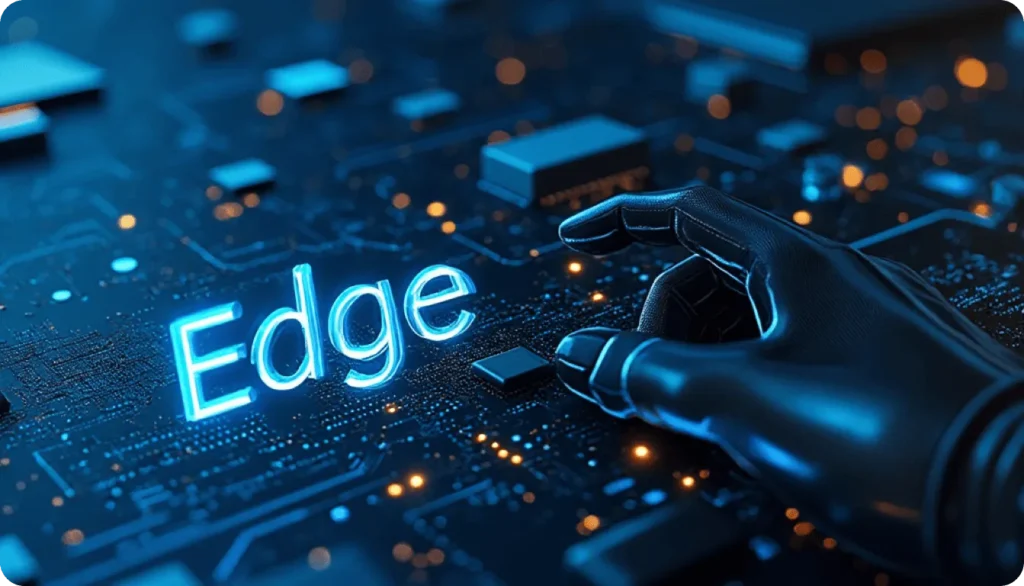
In simple terms, edge AI electronics bring intelligence to the device itself. This shift is helping businesses and consumers alike experience faster and safer technology.
Edge AI vs. Cloud AI
Cloud AI processes data on powerful remote servers, while edge AI electronics handle data locally. This distinction makes edge AI faster for real-time tasks, as it eliminates the need to send information back and forth. For example, a cloud-powered voice assistant may lag, while an edge-powered assistant responds instantly.
Cloud AI remains vital for large-scale computing, but it struggles with latency. Edge AI reduces this gap, making it ideal for applications where speed and privacy are critical. The shift doesn’t replace cloud completely—it complements it.
Thus, we see a hybrid approach emerging: using cloud AI for heavy tasks and edge AI electronics for immediate decision-making. This balance is transforming modern technology systems.
How Edge AI Electronics Work
The process begins with sensors embedded in devices, which collect raw data. These can be cameras in cars, microphones in smart speakers, or biometric sensors in wearables. The quality of data collection directly impacts the efficiency of the AI system.
Once collected, the data moves to the device’s processor for immediate analysis. Instead of sending everything to the cloud, the device filters only relevant information. This makes the process both faster and more efficient.
For example, a smart camera doesn’t upload hours of footage; instead, it analyzes the video locally and sends alerts only when necessary.
AI Processors and Chips
AI-specific chips such as GPUs, NPUs, or TPUs play a crucial role in edge AI electronics. These processors are designed to run machine learning algorithms with minimal power consumption while ensuring high accuracy.
Unlike general-purpose CPUs, AI accelerators are optimized for handling repetitive neural network operations. This design ensures that even small devices like smartwatches can process complex AI tasks efficiently.
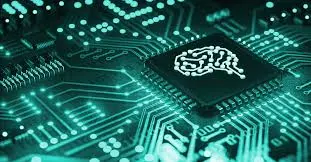
The evolution of chips from bulky processors to compact and energy-efficient AI units is one of the biggest enablers of edge AI technology today.
Software Frameworks
Hardware is not enough without software. Edge AI relies on frameworks such as TensorFlow Lite, PyTorch Mobile, and OpenVINO to deploy AI models. These tools allow developers to shrink heavy AI models into smaller, optimized versions suitable for mobile and IoT devices.
Additionally, AI models on edge devices must be lightweight yet accurate. The software ensures this balance, allowing applications from voice recognition to predictive maintenance to run smoothly on limited hardware. By combining sensors, processors, and software, edge AI electronics achieve a reliable and efficient workflow.
Benefits of Edge AI Electronics
Reduced Latency
Latency is the delay between data collection and response. Edge AI electronics cut down latency drastically by processing data locally. This makes them suitable for industries where split-second decisions are vital, such as autonomous driving.
Unlike cloud-based systems, which depend on internet speed, edge AI works even without a strong connection. This independence ensures reliability across different environments.
As a result, devices equipped with edge AI electronics deliver real-time, seamless experiences.
Enhanced Privacy and Security
Data privacy is a growing concern in today’s digital world. Edge AI electronics protect sensitive information by analyzing data on the device itself instead of sending it to external servers.
For example, medical devices can monitor a patient’s health without exposing personal records to the internet. Similarly, facial recognition systems can authenticate users locally, minimizing risks.
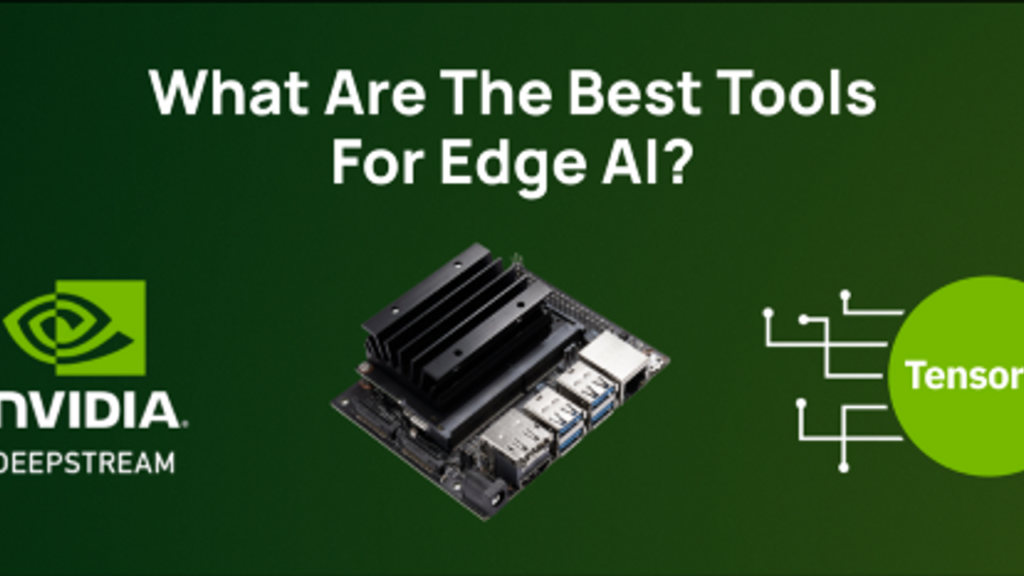
By keeping data within the device, edge AI ensures higher levels of confidentiality and compliance with global security standards.
Cost and Energy Efficiency
Relying heavily on cloud AI means higher costs due to storage, data transfer, and server maintenance. Edge AI reduces these costs by cutting down cloud dependency.
Moreover, edge AI electronics are optimized for low power consumption, making them energy-efficient. This is especially important for battery-operated devices like wearables and IoT sensors.
Over time, businesses save money while consumers enjoy longer-lasting and more sustainable products.
FAQs
1. What are edge AI electronics?
Edge AI electronics are devices that use artificial intelligence locally, processing data on hardware like chips and sensors instead of relying on the cloud.
2. Why are edge AI electronics important for the future?
They reduce latency, improve privacy, and save energy by running AI models directly on devices, making them crucial for industries like healthcare and automotive.
3. How do edge AI electronics differ from cloud AI?
Cloud AI requires sending data to remote servers, while edge AI processes it instantly on the device, offering faster responses and better data security.
4. Which industries use edge AI electronics the most?
Healthcare, smart homes, automotive, manufacturing, agriculture, and retail are leading adopters of edge AI electronics for real-time decision-making.
5. What are the main benefits of edge AI electronics?
The key benefits include faster processing, improved privacy, cost savings, energy efficiency, and scalability across billions of IoT devices.
6. What role does 5G play in edge AI electronics?
5G enables faster data transfer and lower latency, making edge AI electronics even more powerful for smart cities, autonomous vehicles, and robotics.
7. Are edge AI electronics secure?
Yes. By analyzing data locally, they reduce the risk of data breaches. Modern devices also integrate encryption and advanced security protocols.
8. What are the challenges of edge AI electronics?
Challenges include limited processing power compared to cloud AI, higher hardware costs, and interoperability issues between different systems.
9. What future trends can we expect in edge AI electronics?
Expect smaller, more powerful AI chips, energy-efficient “green AI” designs, hybrid edge-cloud systems, and AI running on tiny sensors and wearables.
10. Will edge AI electronics replace cloud AI?
Not entirely. Cloud AI will still handle large-scale tasks, but edge AI will complement it by enabling real-time, secure, and local decision-making.

